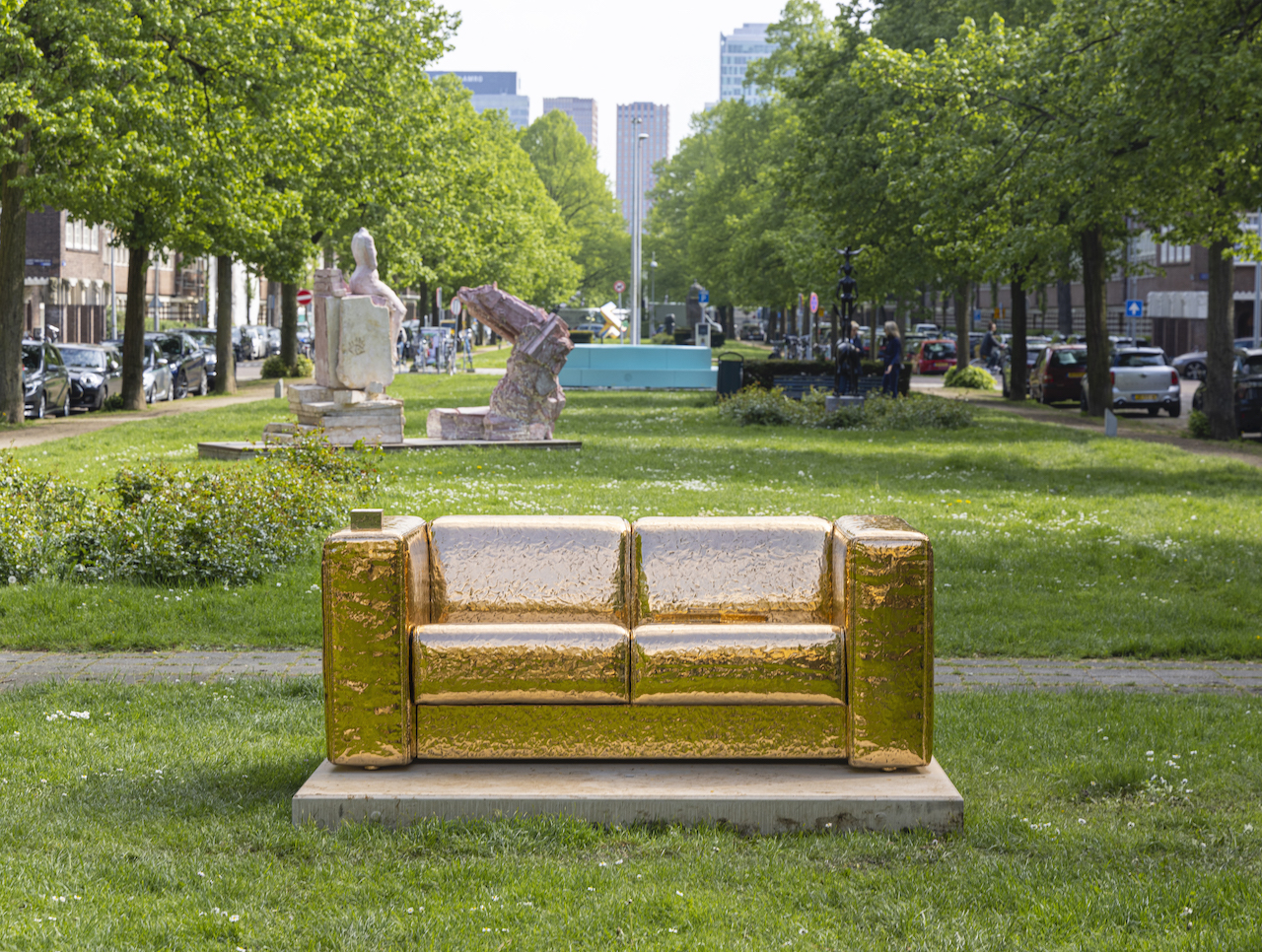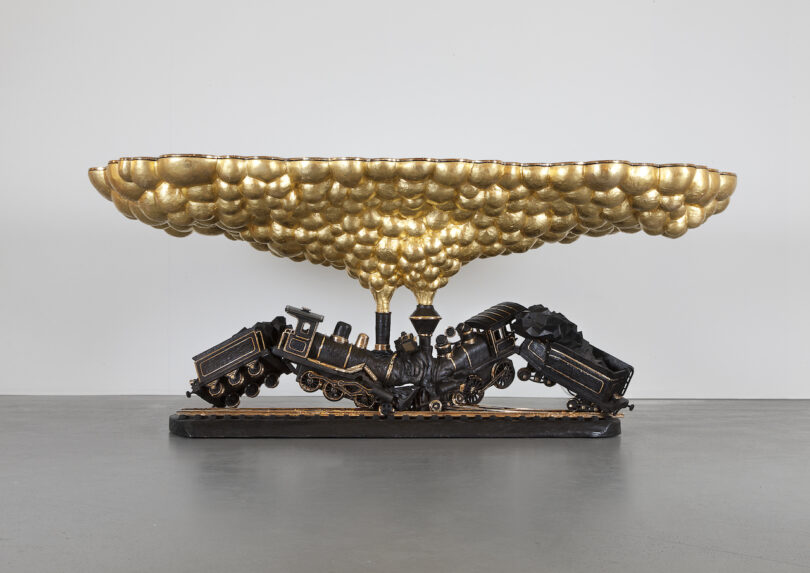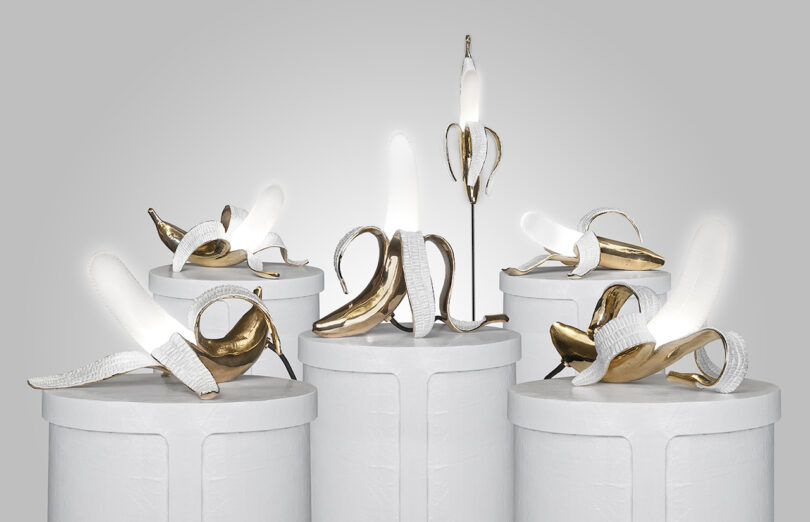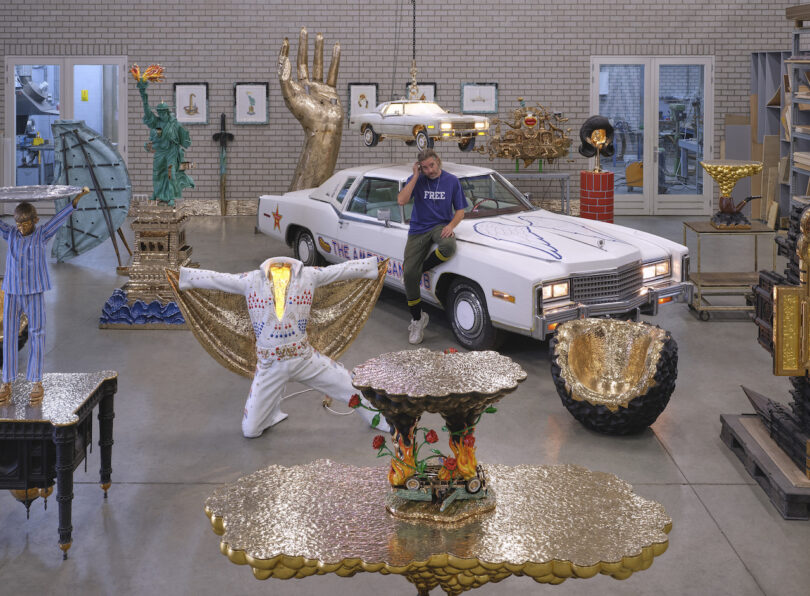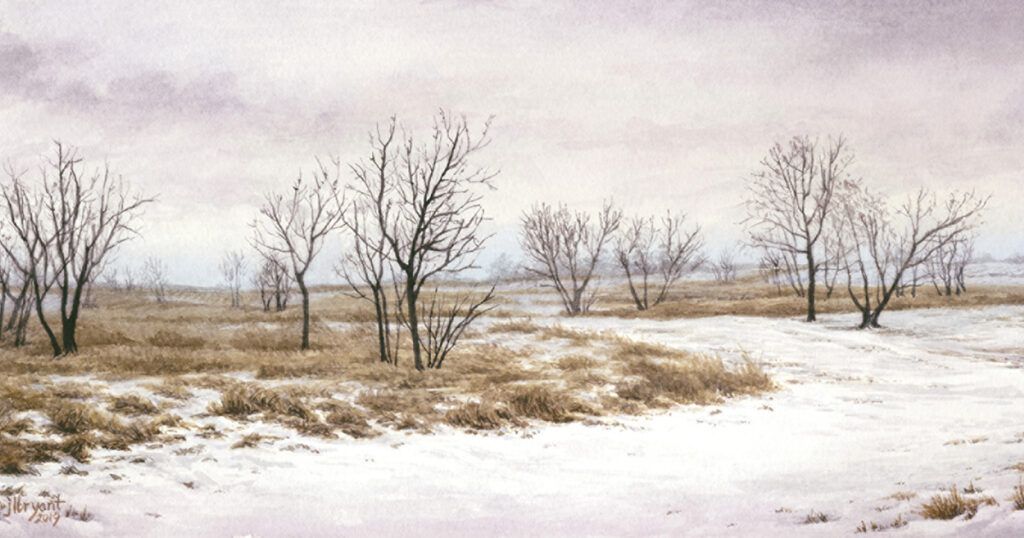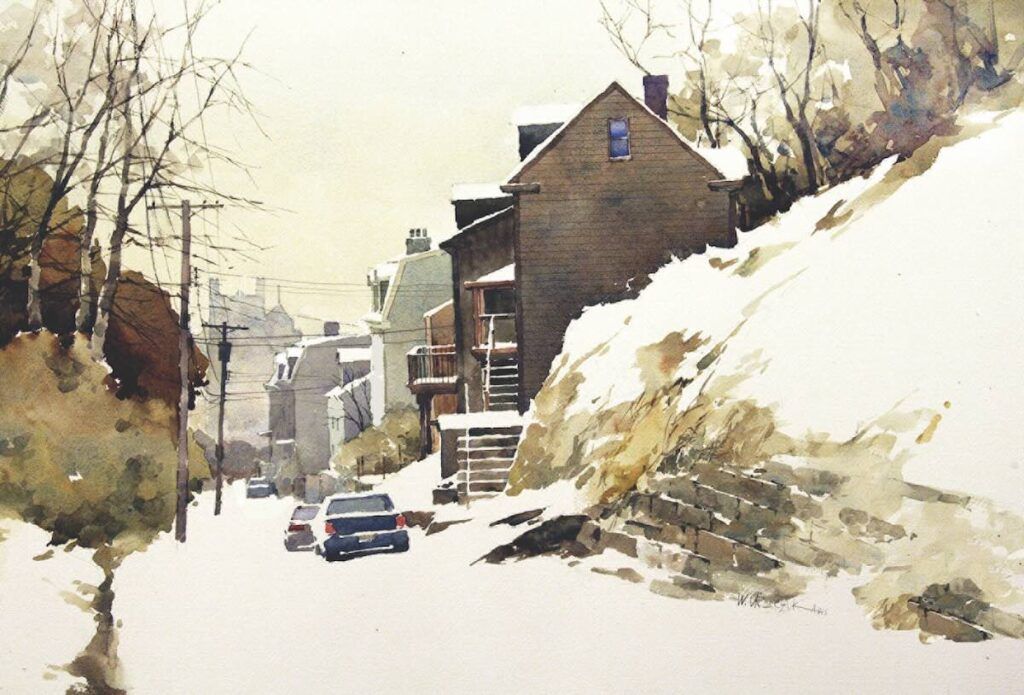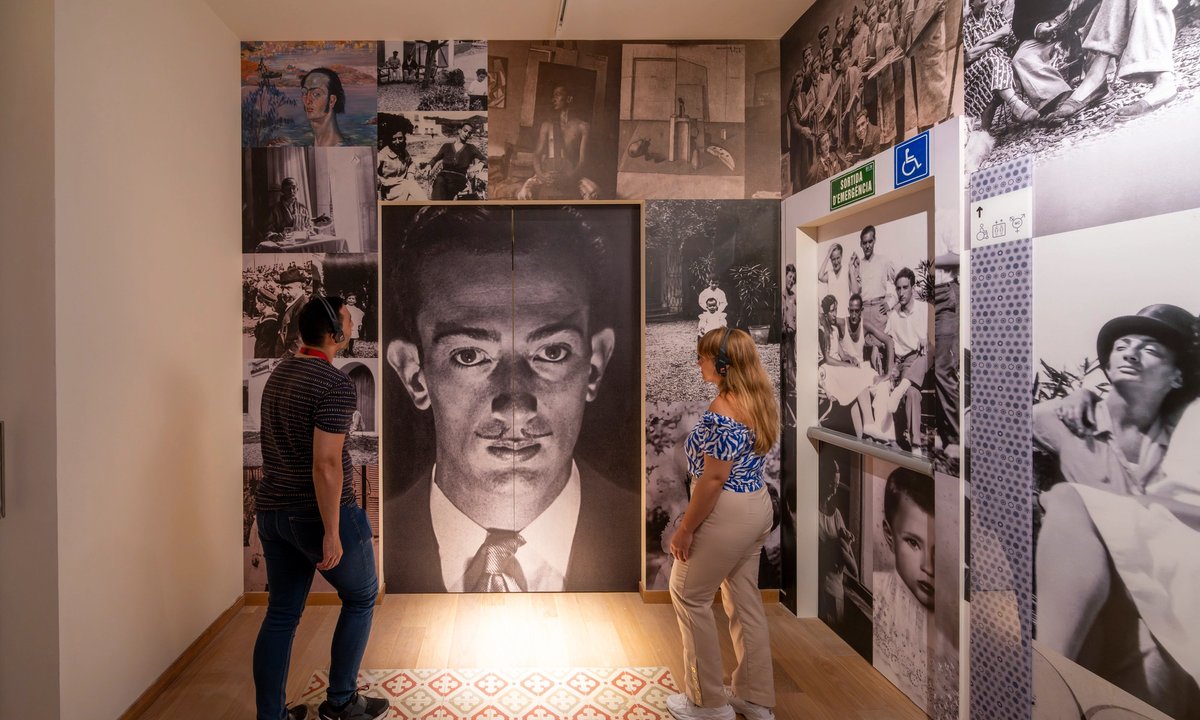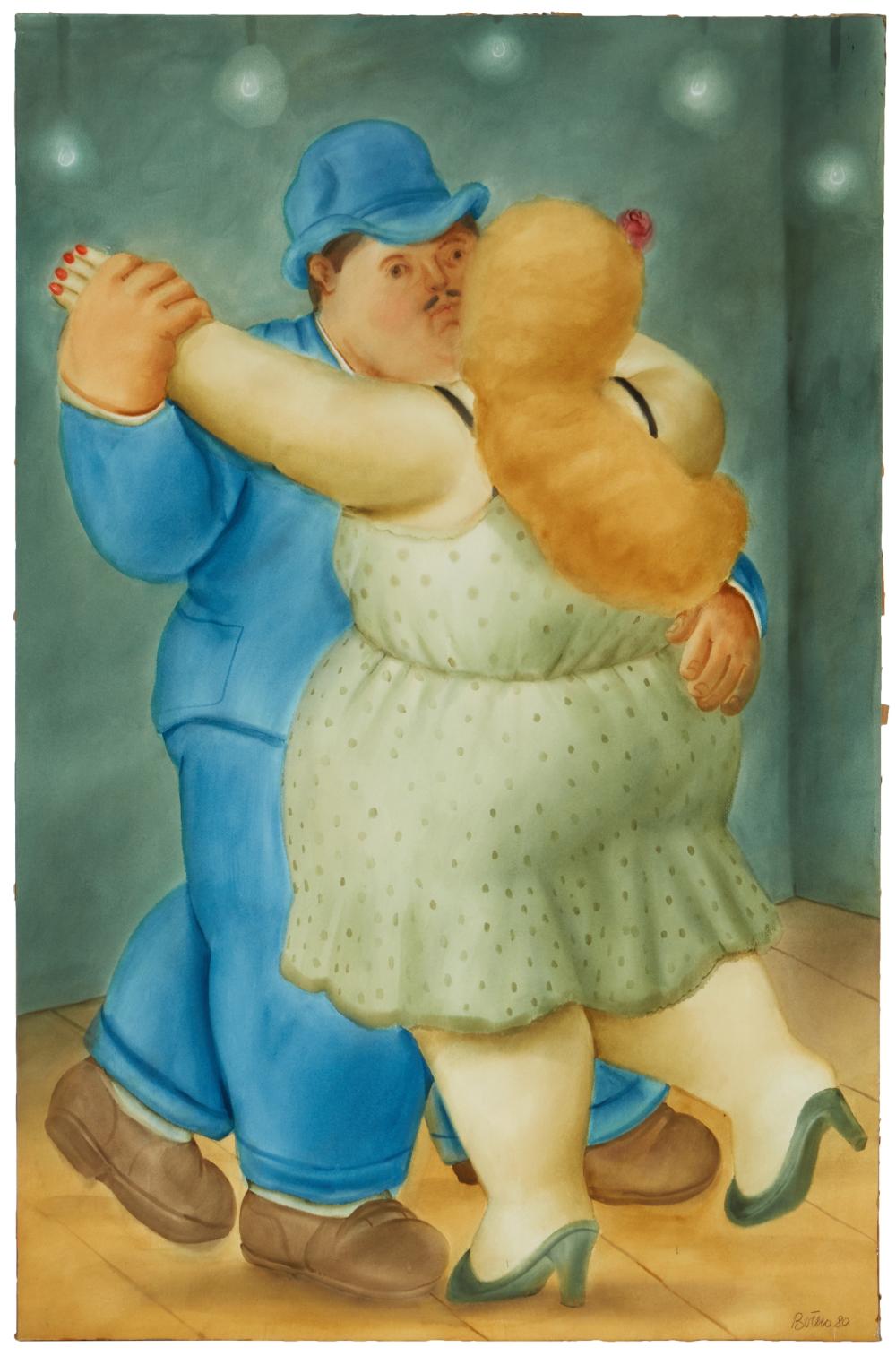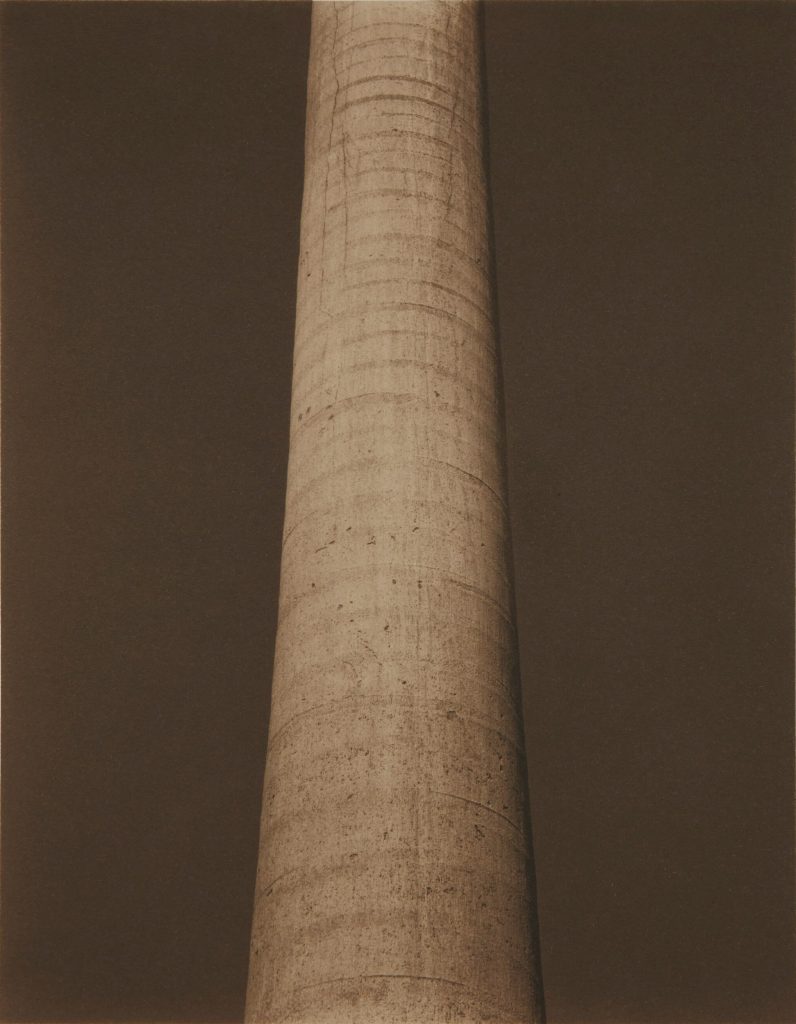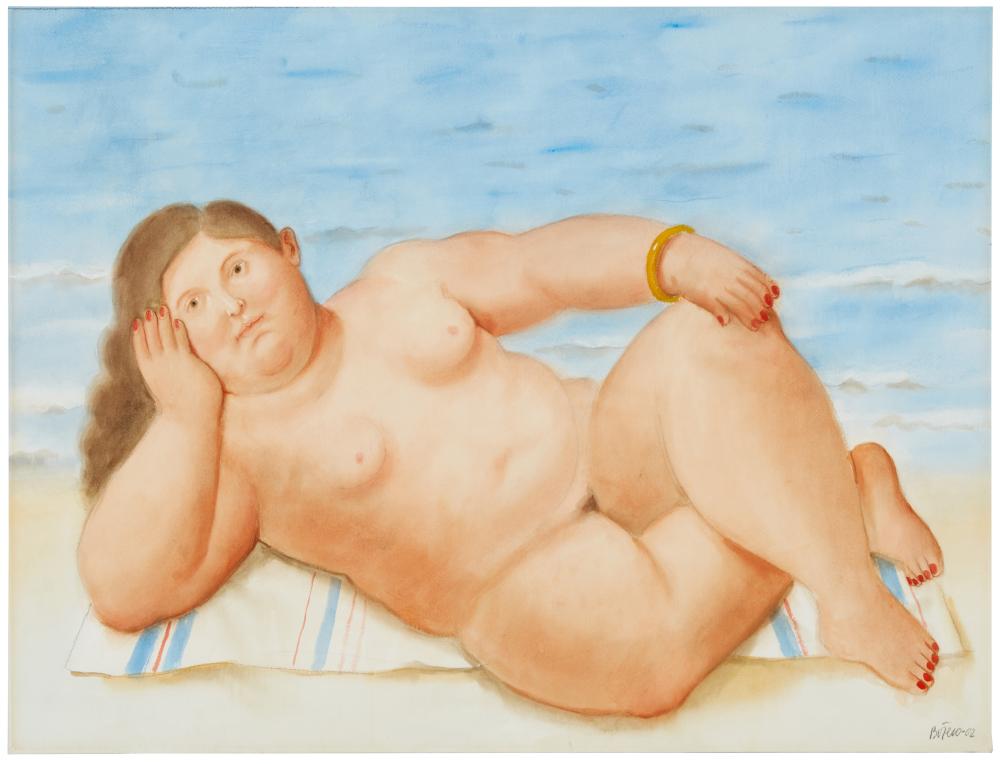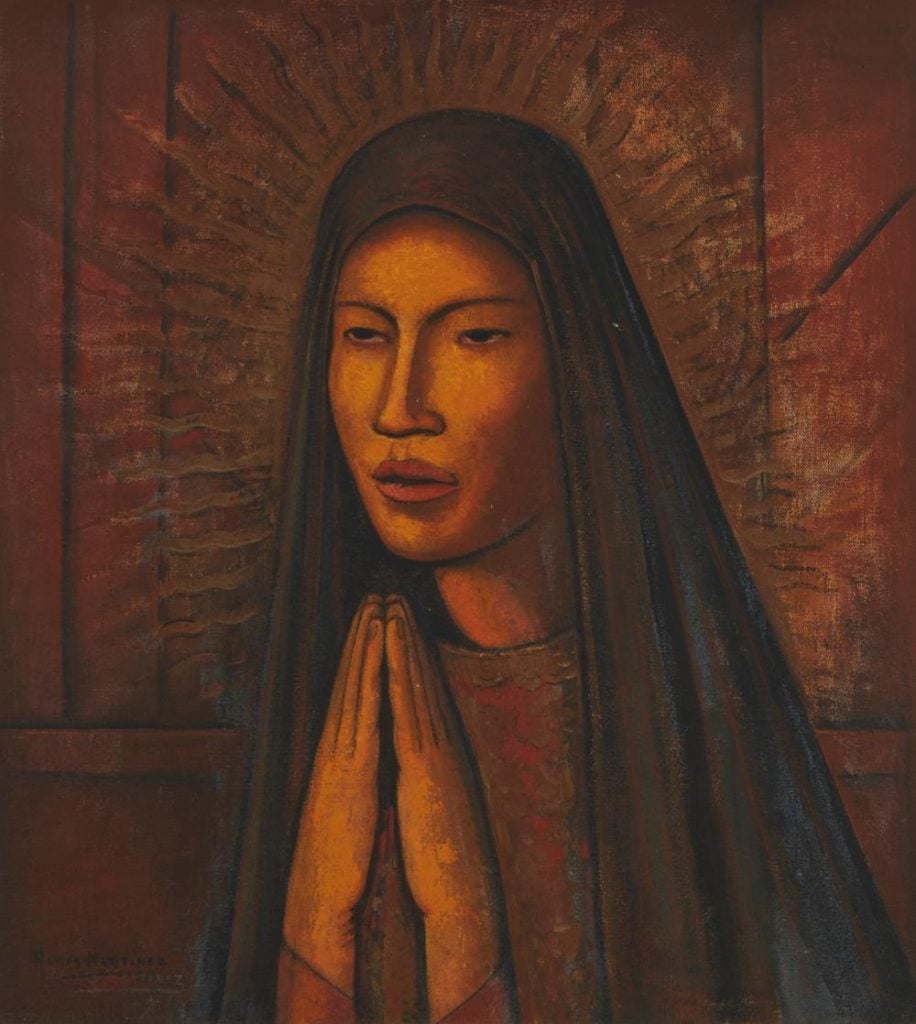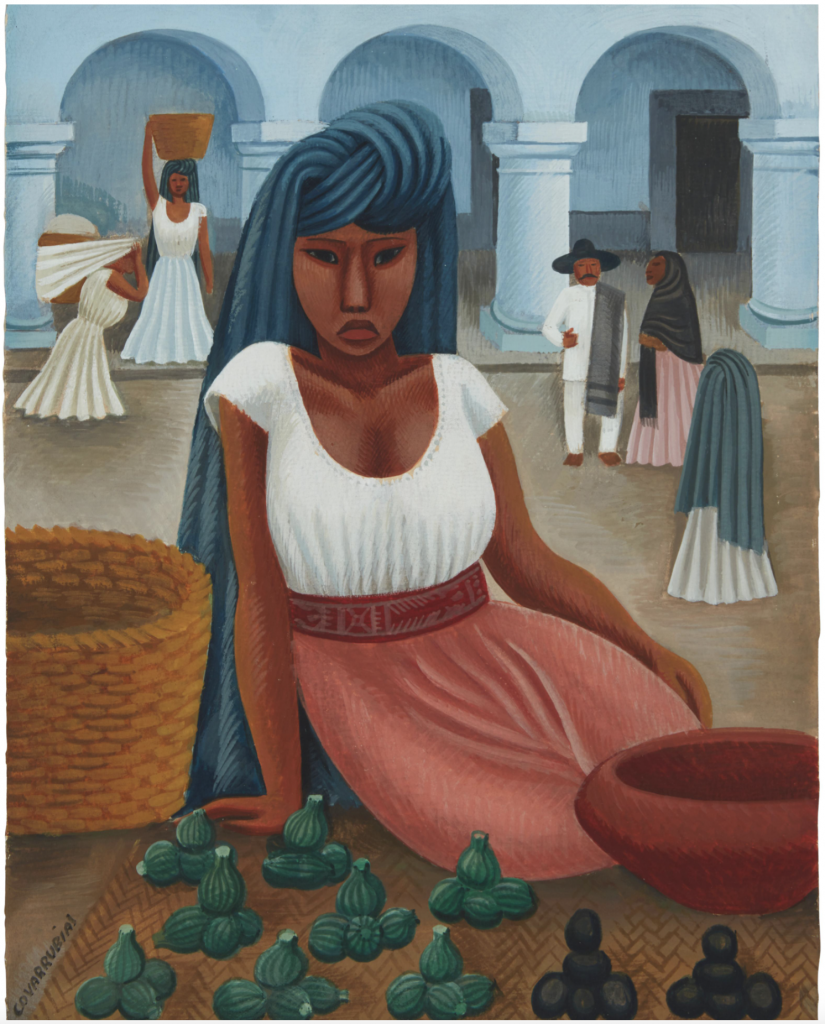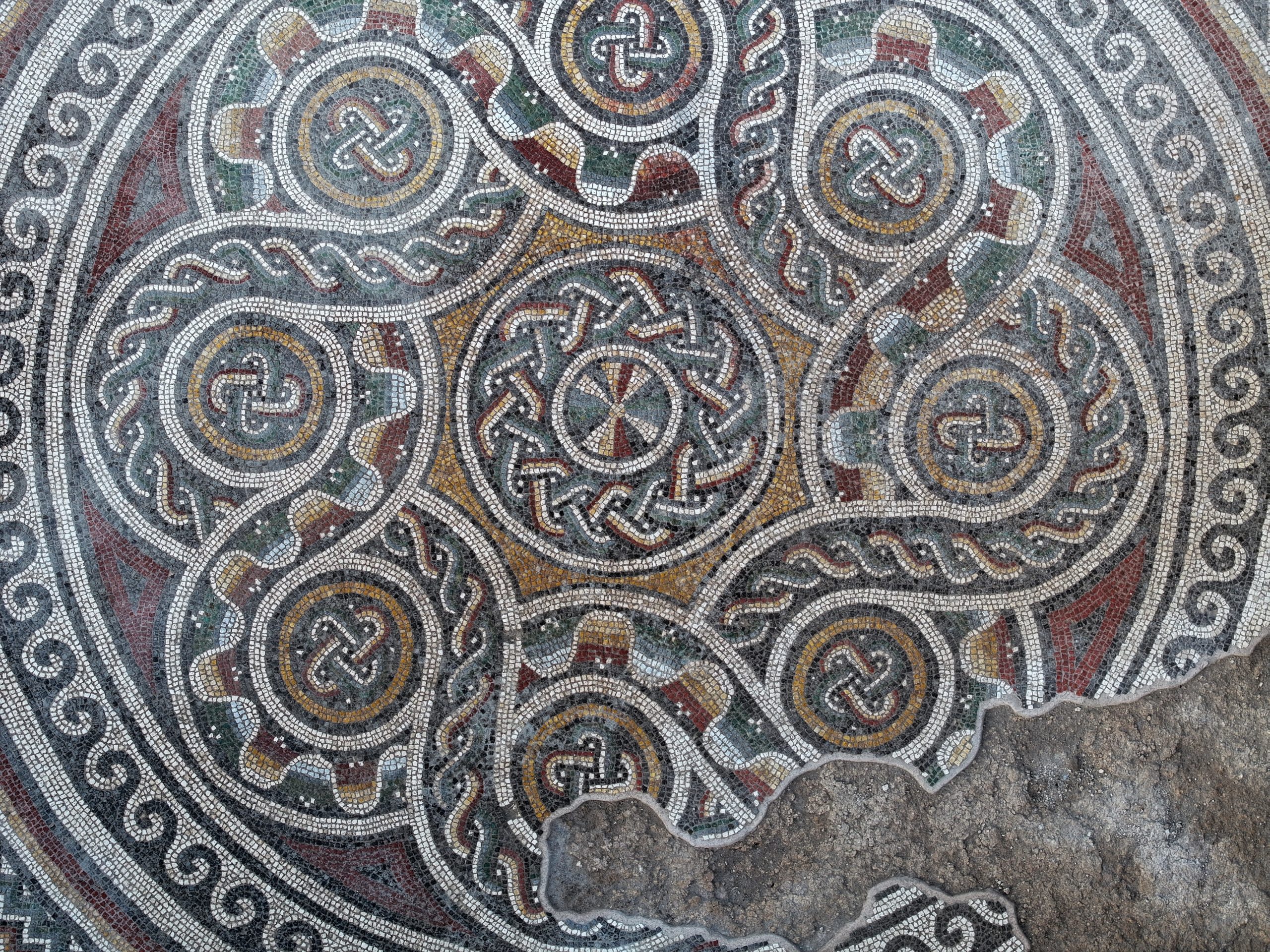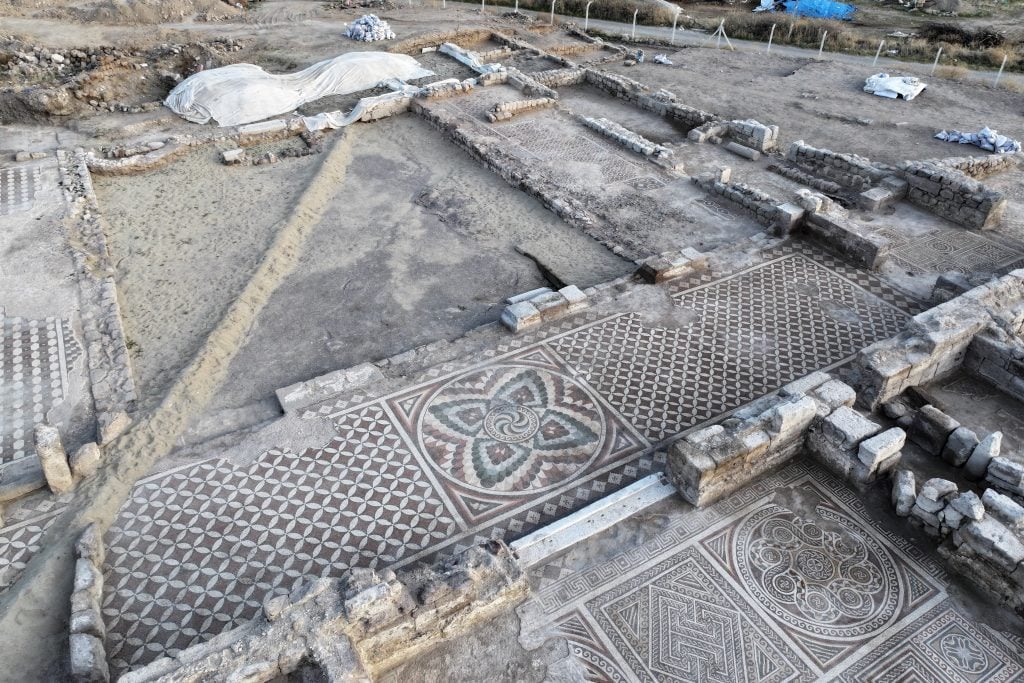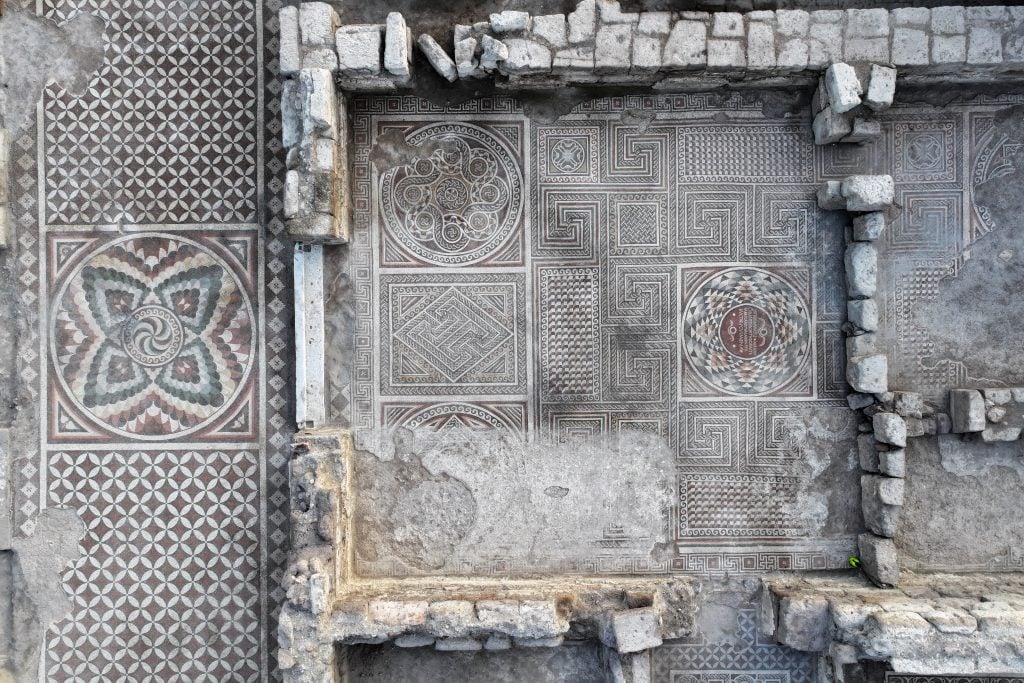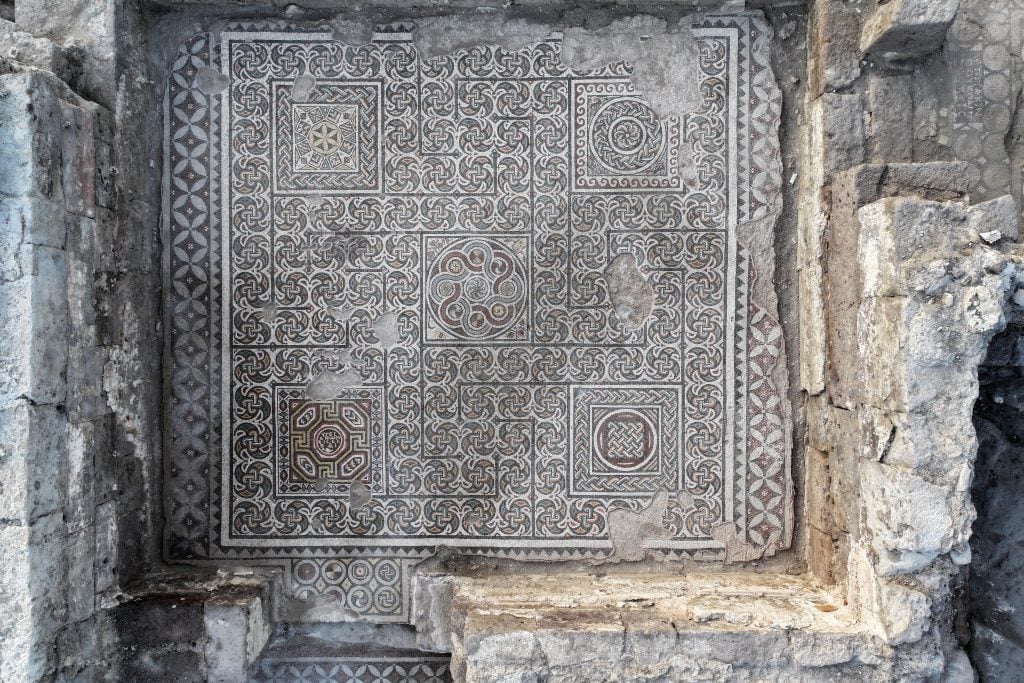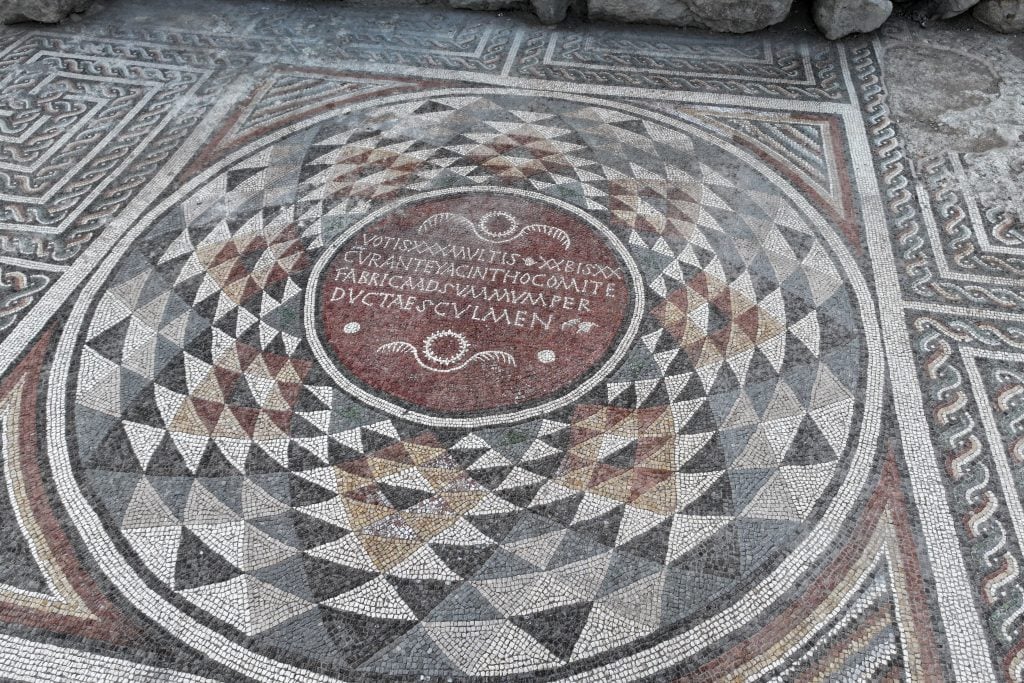Job Smeets on the Beauty of “Creating Things Nobody Asked For”
[ad_1]
“We create, as some say, once-in-a-lifetime objects,” says artist and designer Job Smeets. “And you know, I don’t dislike that title.” That spirit is hard-wired into the Belgian’s most famous pieces – ranging from a new video collaboration with the art pop star Mika to the Robber Baron collection from 2006, for which Smeets presented five cast-bronze furnishings (a cabinet, mantel clock, table, standing lamp, and jewel safe), all produced and polished to an impeccable gleam but seemingly destroyed in some way. The cabinet was ripped open by a “bomb crater.” The table took its shape from clouds of industrial pollution emitting from power stations similar to London’s Battersea. Beautifully, carefully rendered destruction, but destruction all the same. Created in editions of five, the pieces were less luxury furnishings than conceptual art pieces commenting on the corruption of the oligarchy across time, from the titular robber barons of the Industrial Age to the Russian power brokers of today.
[embed]https://www.youtube.com/watch?v=FoJXsO_LqDw[/embed]
In this week’s Milkshake, we speak with Job about reverse marketing, running his studio like a Renaissance guild shop, and what it’s like creating those singular objects. “I think the process is the same as it was 25 years ago, when I started,” he says. “I am always curious to find the next thing – or the next thing that never has been done, or has been forgotten. Or the next thing that should be ugly but maybe It’s not ugly. The next thing that could surprise me. The next thing that would make the guys in the atelier happy. The next thing is always the best thing you ever did, until it’s ready.”
We also asked him what it’s like channeling the same sort of energy and exactitude that powered the Robber Baron collection: “When I was young, I was always fascinated by those old big goldsmith studios and silversmith studios from the 16th, the 15th, and 17th centuries, which created huge, beautifully crafted, shiny, glossy centerpieces – tableware, whatever – for the rich and famous,” he says. “Which is actually the same now, but at least what I find fascinating about it is the way those pieces were created, and that they still exist in museums. It was never a really big production back then – there were only a few [pieces] created. The whole idea of industrialization – and modernism – is obviously to create something for the masses, and that’s a very good idea. But for me, and for my studio, I thought it would be much more interesting to create pieces that could have been created 300 years ago – and also to [combine] ancient techniques of casting, or the medieval techniques of stained glass with the digital techniques. Every time it creates a new image, and that’s what I’m looking for.” For more, tune in!
Diana Ostrom, who has written for Wallpaper, Interior Design, ID, The Wall Street Journal, and other outlets, is also the author of Faraway Places, a newsletter about travel.
Milkshake, DMTV (Design Milk TV)’s first regular series, shakes up the traditional interview format by asking designers, creatives, educators and industry professionals to select interview questions at random from their favorite bowl or vessel. During their candid discussions, you’ll not only gain a peek into their personal homeware collections, but also valuable insights into their work, life and passions.
[ad_2]
Source link
